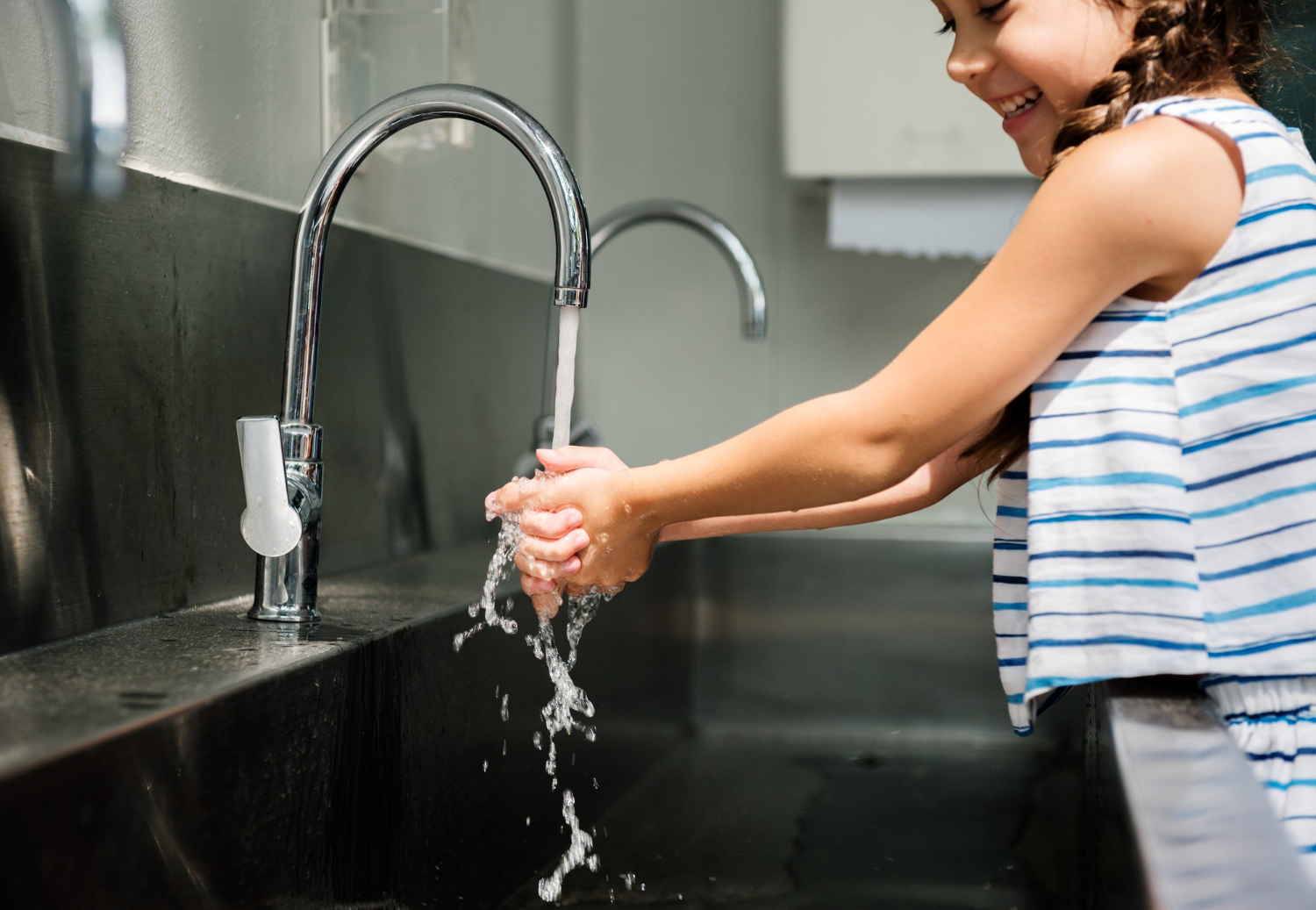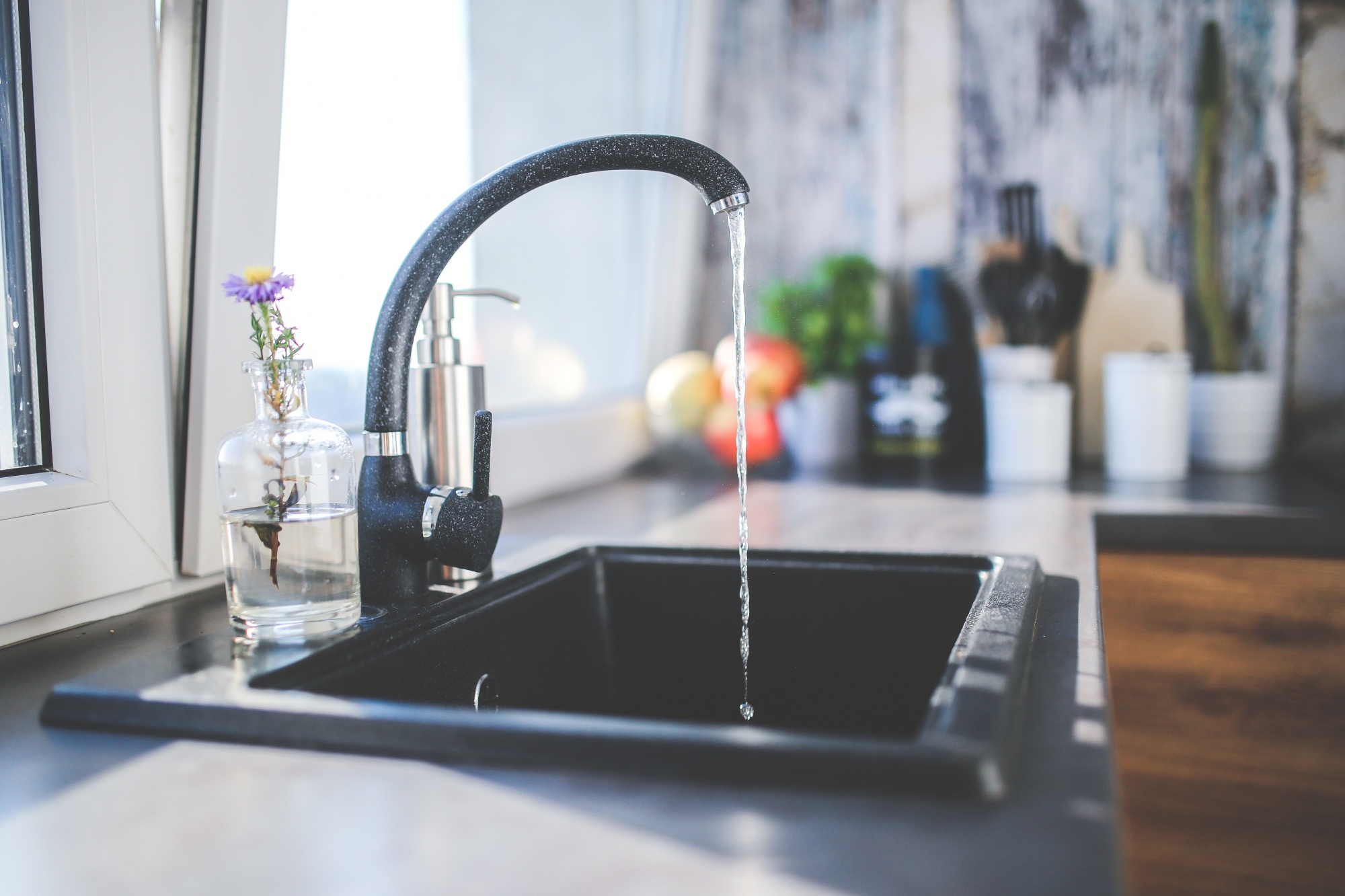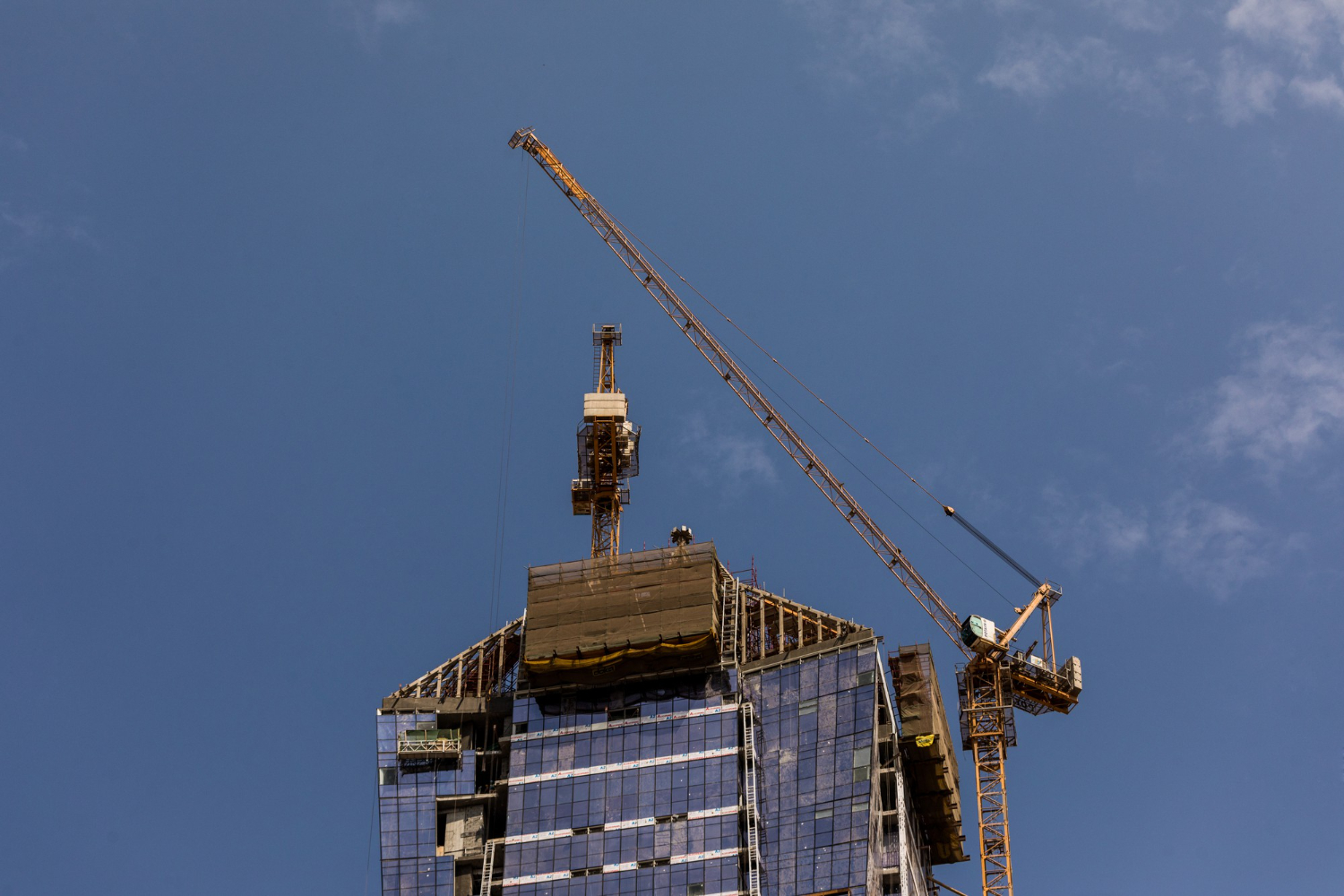

Managing a high-rise building involves numerous responsibilities, with one of the most crucial aspects being the reduction of operating expenses. Among the various areas to consider, water conservation stands out as a cost-cutting solution that can significantly impact profits. In this article, we will explore practical tips to conserve water in high-rise residential buildings, allowing landlords to save money while promoting sustainability.
Educate Tenants: Speak their Language
To encourage water conservation, it’s essential to effectively communicate with tenants. Craft informative and engaging water conservation packets that address their concerns and emphasise the benefits of saving water. Customisation is key: appeal to environmentally conscious individuals by highlighting the importance of conserving precious resources, or emphasise cost savings for tenants who prioritise affordability. Including a small gift or reminder, such as a reusable resource, can further promote participation.
Install Tamper-Proof Shower Heads
High water consumption during showers can be a significant contributor to increased utility expenses. Installing tamper-proof, low-flow shower heads can help reduce water usage significantly. Even if low-flow models are already in place, tenants may replace them with high-flow alternatives. By using tamper-proof shower heads, landlords can prevent unnecessary water waste and ensure that tenants comply with conservation measures.
Proactively Manage Toilet Leaks
Toilet leaks are a common culprit of water waste in buildings. These leaks can go unnoticed for extended periods, resulting in substantial water bills. In fact, the worst leaking toilets can waste up to 8,000 litres a day (100 bath tubs a day) and could cost you over £6,000 a year if not fixed! Consider implementing wireless toilet monitoring systems that can detect and report leaks, fill cycles, and flushes per day. Regularly calibrating toilets can also help identify and resolve leaks caused by water pressure, mineral deposits, or corroded parts. Taking proactive steps to manage toilet leaks can lead to significant water and cost savings.
Install Rainwater Harvesting Systems
Rainwater harvesting presents an eco-friendly solution for water conservation in high-rise buildings. By collecting, purifying, and storing rainwater, this system can be used for various purposes, including landscape irrigation, laundry, and stormwater control. Modern rainwater harvesting systems are versatile and can be implemented in both paved and unpaved areas. While there is an initial investment, the return on investment (ROI) can be achieved within 3 to 5 years, making it a viable long-term solution.
Install Grey water Harvesting Systems
Grey water harvesting involves capturing, filtering, and storing water from showers and sinks for future use. This system allows for the reuse of water for non-potable purposes, primarily toilet flushing. Implementing grey water harvesting can reduce reliance on the main water supply by approximately 50%. Similar to rainwater harvesting, grey water systems typically pay for themselves within 3 to 5 years. Consult local apartment owners associations for guidance on installing grey water harvesting systems.
Wrapping up
Water conservation is a critical aspect of managing high-rise residential buildings. By implementing these practical tips, landlords can significantly reduce water consumption, lower utility expenses, and promote environmental sustainability. Educating tenants, installing tamper-proof shower heads, actively managing toilet leaks, and considering rainwater and grey water harvesting systems are effective measures to conserve water and maximise profits. Taking action today will not only benefit the environment but also contribute to the long-term financial success of the building.
If you’re looking for help with water treatment solutions, Balance Mechanical has you covered.




